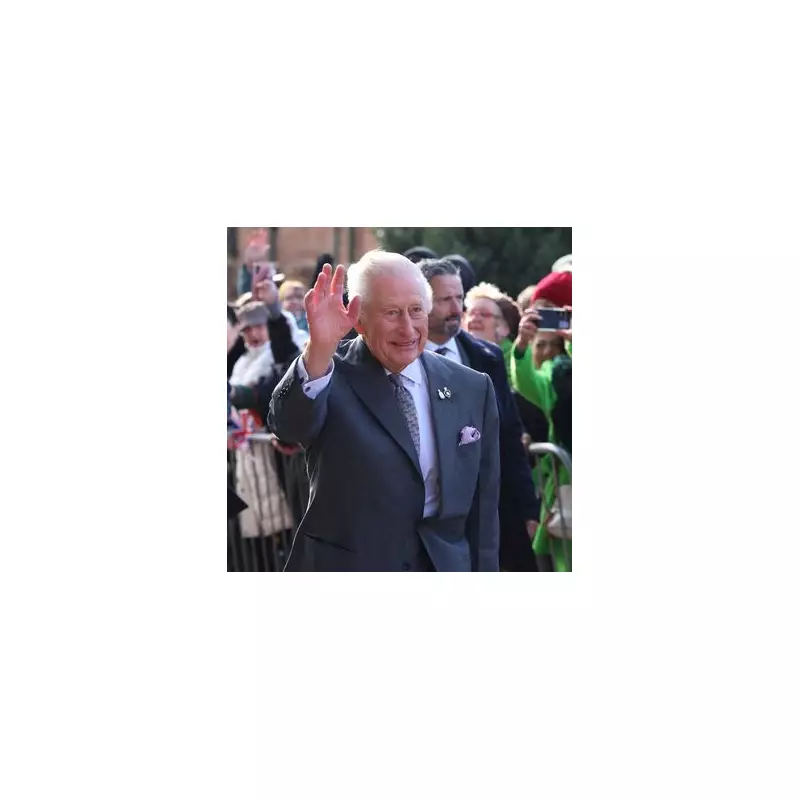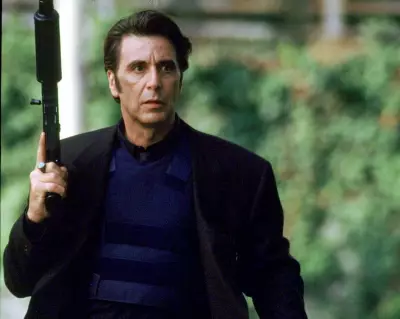
In a stunning display of royal disapproval, King Charles pointedly ignored his brother Prince Andrew during their first public encounter at Balmoral Castle, delivering a silent but powerful message about the Duke of York's future within the monarchy.
The Balmoral Snub That Spoke Volumes
The carefully orchestrated meeting, captured by photographers at the Scottish estate, showed a beaming King Charles deliberately turning away as Andrew attempted to engage him in conversation. The monarch's body language couldn't have been clearer - while appearing cheerful and relaxed, he completely disregarded his younger brother's presence in what royal observers are calling a calculated diplomatic freeze.
A Brotherly Divide Widens
This public rejection comes amid ongoing tensions within the Royal Family regarding Andrew's status. Since being stripped of his military affiliations and royal patronages following the Virginia Giuffre scandal, the Duke has been largely sidelined from official duties. However, this latest interaction suggests King Charles is determined to maintain that distance, despite both brothers being at the family's traditional summer retreat.
The visual narrative was unmistakable: while King Charles appeared engaged and animated during other interactions, his immediate dismissal of Andrew's conversational overtures created a palpable atmosphere of tension. Royal experts suggest this wasn't merely a casual oversight but a deliberate strategic move by the King to reinforce Andrew's diminished standing.
What This Means for Andrew's Future
The Balmoral encounter sends an unequivocal message about Prince Andrew's prospects for rehabilitation within the Royal Family. Despite the Duke's apparent efforts to maintain some presence within family gatherings, King Charles's very public cold shoulder indicates that any return to public life remains firmly off the table.
This development comes as the King continues to streamline the monarchy, focusing on a smaller, more efficient group of working royals. Andrew's continued exclusion from this inner circle, demonstrated so vividly at Balmoral, underscores Charles's commitment to modernizing the institution while distancing it from controversy.
The royal snub has already sparked intense discussion among royal watchers, with many interpreting it as the King's way of drawing a definitive line under any speculation about Andrew's potential rehabilitation. As the monarchy moves forward under Charles's leadership, this moment at Balmoral may well be remembered as the final confirmation of Andrew's permanent sidelining.





